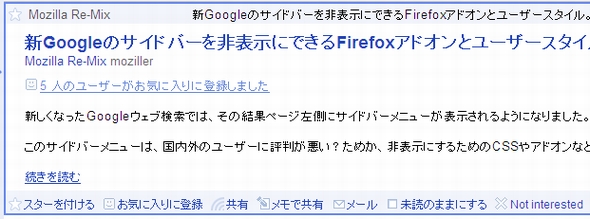

Header element – The element defines content that should be considered the introductory information of a page or section. You will see examples later, but a brief overview of these would be: Semantic HTML5 tags we will be using in this article. As you can imagine, machines like Googlebot and Bingbot LOVE this. The following HTML5 tags can be used in the place of tags to break your page content into identified parts, each of which fulfills a specific role. There are many more semantic HTML5 tags that can be used (for example and ), but in this article I am only looking at those semantic HTML tags that you will need to divide the page content into its basic parts. The Three Pillars of Answer Engine OptimizationĮxamples of semantic HTML tags include, and.Some Of The Semantic HTML5 Topics We will Cover

It increases the chances that the ranking algorithms will select your content as a candidate for ranking in the first place. So, the correct use of semantic HTML5 gives your content an advantage in the selective process that is right at the foundation of ranking. Richer and more accurate annotation makes for better findability and increases the chances of any given piece of content being considered for ranking by the algorithms. It is that annotative layer that the ranking algorithms use to find and extract content from individual webpages. When Googlebot and Bingbot store the crawled pages in their index, they add a rich layer of annotation. Martin Splitt from Google confirmed this during SEJ Summit in June 2020. It gives them a better understanding (and confidence in their understanding) of your content, which helps them to index your content better, which in turn helps your SEO efforts.įabrice Canel from Bing stated in an appearance on my podcast this to be the case - pages with correctly implemented semantic HTML5 have an advantage in SEO over those that don’t. Accurately implemented semantic HTML5 gives a big helping hand to the indexing algorithms used by Googlebot and Bingbot. Semantic HTML5 is one of those seemingly small details that hits right at the core of indexing that is often underestimated. It is vital to embrace this newer version of HTML so you can make your content accessible to all possible site visitors. Most importantly, by telling them which is the most important content, you give them an explicit instruction to prioritize that content.įor users who are blind or visually impaired and rely on screen readers to verbally describe what is on a page, proper use of HTML5 semantic elements will allow screen readers to more accurately communicate your content by making the visual audible. If you can successfully communicate to Google and Bing which part of the page is the header, which is the footer, and which is for navigation, they will thank you. For them, the visual clues are phenomenally difficult to see and understand - they need your help. Google's and Bing’s bots (spiders) are, if not blind, seriously sight-impaired. Headers, menus, and (hopefully) the main content are all immediately visually apparent. Why do I need to use semantic HTML5 tags?įor sighted users, when a page is well designed visually, it is easy to identify the various parts of a web page at a glance. To screen readers and search engine bots, each element defines the role of the content contained within their tags. They give no information about the role the content they contain plays on the page. They serve only as holders to convey to the browser how the content should be displayed. These are examples of non-semantic HTML elements. If all this starts getting a bit overwhelming, stepping back and looking at an HTML introduction guide would be helpful.ĭiv and span tags. This guide assumes a ground-level understanding of adding HTML to a page. That explicit information helps robots/crawlers like Google and Bing to better understand which content is important, which is a subsidiary, which is for navigation, and so on.īy adding semantic HTML tags to your pages, you provide additional information that helps Google and Bing understand the roles and relative importance of the different parts of your page.

Semantic HTML5 addresses this shortcoming by defining specific tags to indicate clearly what role is played by the content those tags contain. They give no indication as to what type of content they contain or what role that content plays in the page.
#Google reader html5 how to
If you know a little about HTML, you will know that HTML tags are (mostly) used to format content - these tags tell the browser how to display the content on the page.


 0 kommentar(er)
0 kommentar(er)
